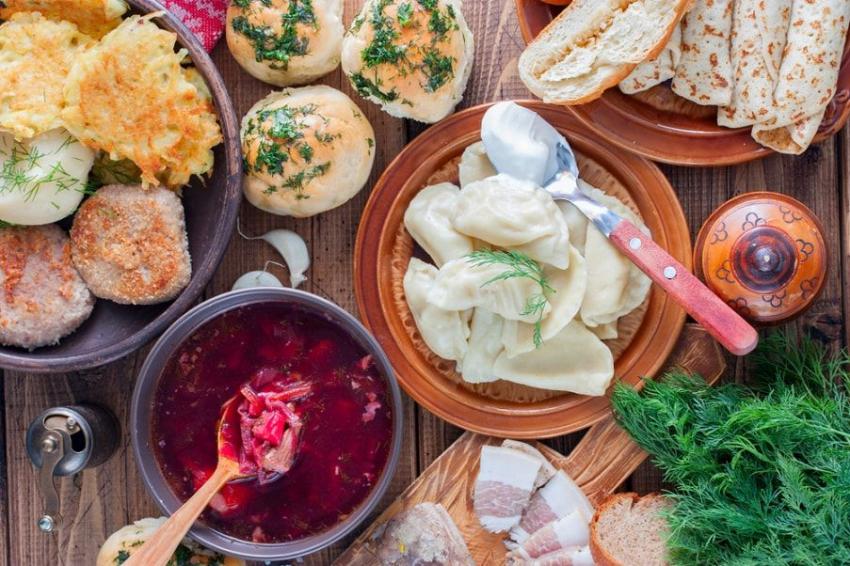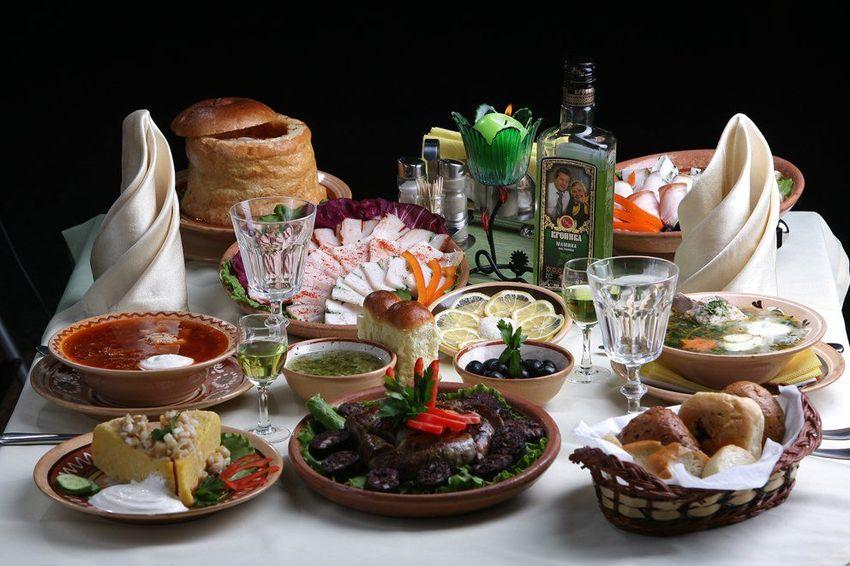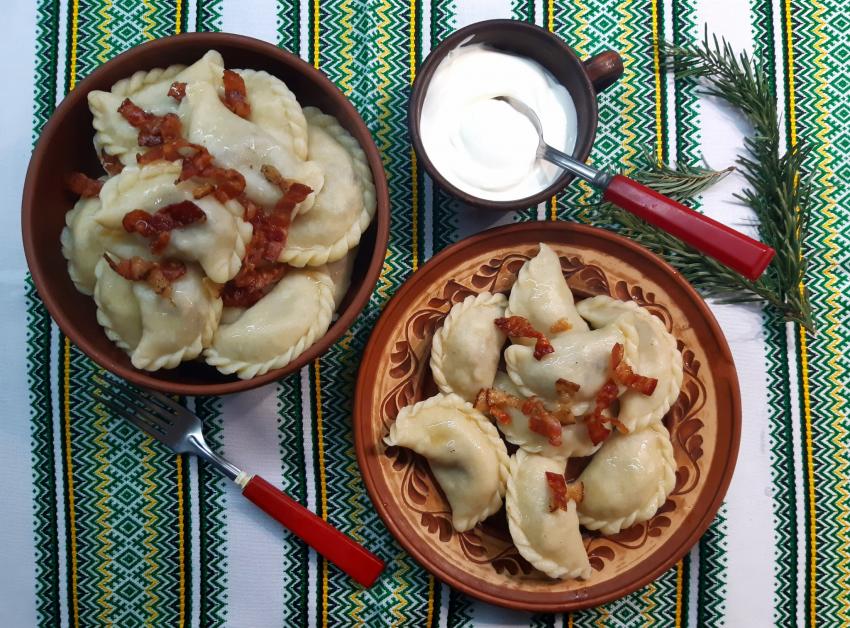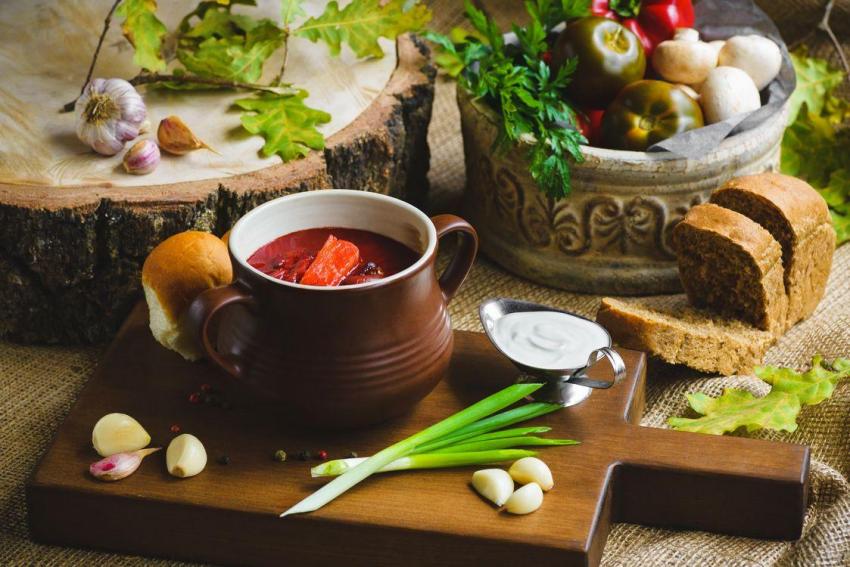Among Slavonic cuisines Ukrainian cuisine is far-famed. Long ago it spread beyond the bounds of Ukraine and some Ukrainian dishes (such as borsch and varenics) became a part of international cuisine menu.
Ukrainian national cuisine has formed rather late - mostly at the middle of eighteenth century, and finally - at the beginning of nineteenths century. Up to that moment Ukrainian cuisine had many common features with Polish and Byelorussian cookery. This fact may be explained by the long and complex process of Ukrainian nation and state development. After a Mongol invasion in Kyiv Rus Ukraine has survived domination of Lithuanian, Hungarian, Polish power upon Ukrainian territory. As a result of that different regions of Ukraine belonged to different countries (Lithuania, Poland, Hungary, Romania).
Since the Ukrainian regions were separated one from another for a long time, common Ukrainian cuisine get a chance to develop only after Ukrainians joining up. The Left-bank Ukraine and Kyiv in seventeenth century and Right-bank Ukraine in the end of eighteenth century became the part of the Russian Empire . Starting the end of eighteenth century the south regions of Ukraine (Black Sea region, Azov region, Dnieper region, Slobozhanshchyna, Donbass) were begun to populated by immigrants from south Russia provinces. These immigrants have assimilated with inhabitants.
Thus, Ukrainian territories were reunited in the first half of nineteenth century and Ukrainian nation got an opportunity to consolidate in one state. This situation promoted the creation and spreading of Ukrainian cuisine characters, though the differences between dishes in Chernihiv, Poltava, Kharkiv regions, Galychina, Volyn, Bukovina, Zakarpattya, Podillya were hold to present time.
Afterwards the Ukrainian cuisine formation caused the range of its characteristics.
Firstly, the Ukrainian cuisine was created on the base of already existing elements of cookery culture in each Ukrainian region.
Secondly, in spite of the heterogeneity of constituent elements (as a result of territory hugeness, diversity of nature conditions and historical process in individual regions, adjoining of a great many nations - Russian, Byelorussians, Tatars, Hungrians, Germans, Moldavians, Turks, Greeks) the Ukrainian cuisine turned out extremely integral and in respect of food raw material selection and its cookery treatment traditions even one-sided one.
Thirdly, traditions of Old Russian cuisine were not become a part of national Ukrainian cuisine, because connection with ancient traditions was lost after a Mongol invasion. That distinguishes Ukrainian cuisine from Russian and Byelorussian, where old traditions were modified, but maintained during many centuries. At the same time Ukrainian cuisine took in and slightly modified some technological approaches of not only German and Hungarian, but also Tartar and Turkish cookery. For example, Turkic tradition to fry products in overheated oil were transformed into Ukrainian "smazhennya" (specific preparation of second courses and vegetables for borsch).



